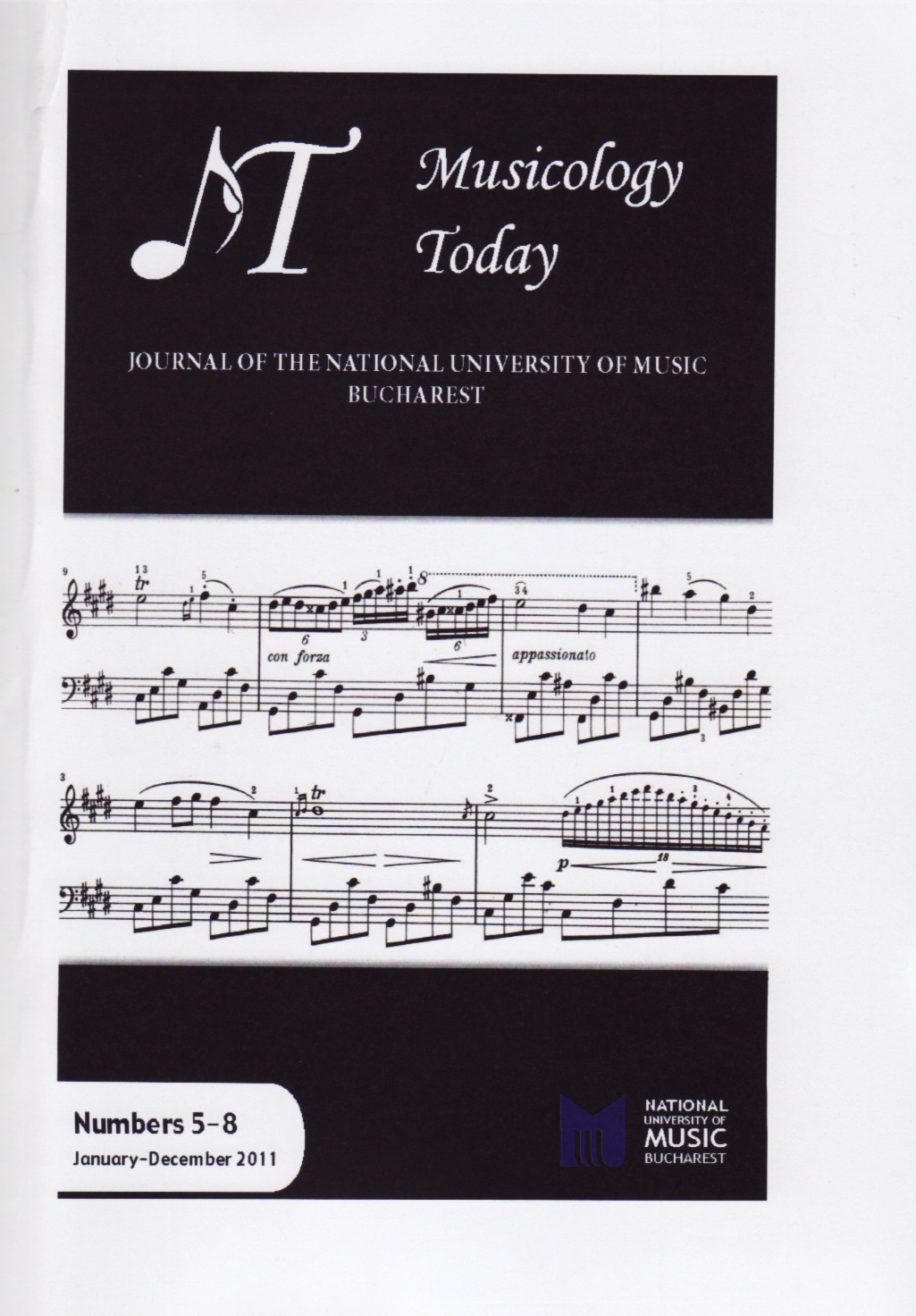The Musical Tradition of Mount Athos
The Musical Tradition of Mount Athos
Author(s): Dimitri ConomosSubject(s): Music
Published by: Editura Universității Naționale de Muzică din București
Keywords: Mount Athos; story of music on Mount Athos; Holy Mountain; musical tradition;
Summary/Abstract: The story of music on Mount Athos is fascinating and altogether unique. The Holy Mountain is one of the only places in the world that can boast a continuous recorded musical tradition that stretches back uninterrupted for over a thousand years. From the beginning of coenobitic life on the Holy Mountain (10th century) till today, the chant tradition fostered by the monks at the Byzantine monastic services has passed through four stages. Music copying, 10th - 12th centuries, marks the first stage. The monks recorded hymns in musical manuscripts that had been set to music in pre-Athonite religious centers: both monastic and non-monastic. There is no evidence at this time of newly composed music on the Holy Mountain. The second stage, 13th - 15th centuries, the twilight of the Byzantine Empire, marks an era of flourishing cultural and artistic creativity: the so- called ‘Palaeologan Renaissance’. Music had its own contribution to make in this revival and Athos can now be seen less as a centre that preserved older musical traditions and more one that produced skilled musicians and composers with a new and innovative style of chant. The next stage - the third - is the Ottoman period: 15th - 19th centuries, which saw increasing artistic liberalism and even the absorption of oriental musical idioms into certain species of monastic and urban sacred song. New styles emerge and Athonite composers, along with their colleagues in urban centers, embark upon fresh explorations that carry the music forward as a living art into the 18th and 19th centuries. Finally, the fourth period is that of the present age. With the introduction of musical type in 1820, hand-written manuscripts cease, a standard repertory is widely circulated in printed anthologies (and, more recently, on CDs) and elements of Western European musical theory and practice are wedded to the pre-existing Athonite musical repertory and tradition. Today there are around 3000 musical manuscripts preserved in the Athonite monastic libraries. The greatest number of them (perhaps 90%) dates from the 16th century and later while the remainders are from the Byzantine epoch proper, the 10th to 15th centuries. It is this 10% that constitutes an important source of documentation, not only for the evolution of the Byzantine musical style, but also for the evolution of Byzantine musical notation and for the evolution of Byzantine liturgy.
Journal: Musicology Today: Journal of the National University of Music Bucharest
- Issue Year: 2/2011
- Issue No: 5
- Page Range: 12-27
- Page Count: 16
- Language: English

